Civil engineering students develop proposals that are fully applicable to problems related to rainwater management, water quality, mobility and protection of coastal areas.
At times, the role of civil and public works engineers has been affected by numerous conflicts related to the field of civil and environmental engineering (Castañeda i Jordi, 2014), revealing the need to train engineers who are aware of social and environmental problems. One of the teachers’ key responsibilities is to provide students with the capacity for analysis and critical vision, applied to the land intervention process, and interdisciplinary work competencies, allowing them to effectively communicate the complexities such works entail.
The teaching experience shared in this article aims to put students in touch with real civil engineering problems and foster teamwork, sustainability and social commitment. To this end, we designed a workshop based on active and cooperative learning, in which a multidisciplinary team helps students find solutions to the problems existing in each territory.
“The critical reflection process accomplished in these activities gives rise to what is known as transformative learning, employed to manage the complex problems and value conflicts pertaining to our society.”
This initiative was implemented in 2016 at Marina d’Empuriabrava located in Costa Brava, Catalonia. The development’s community invited a group of students to analyze the problems that had arisen in the marina 50 years after its construction. Given the land conditions, the students worked together to generate proposals applicable to the fields of structures, water quality, town planning and port engineering.
In 2017, in the town of El Vendrell, Tarragona, Catalonia, students evaluated urban planning, rainwater management, mobility and coastal protection issues. In this case, the local authorities sent technical experts to accompany the students, explaining the most relevant problems and discussing ideas to solve them.
“Active methodologies help students evolve from being mere spectators to playing a more active role.”
Key stages of this initiative:
-
Analysis and organization: Consists of a technical visit to the case-study site, where students are accompanied by the territory’s players to learn first-hand about the problems that need addressing. Afterward, in the classroom, they compile all the information and resources (plans, documents, photographs, etc.). Focus groups are created to analyze the case and formulate proposals. Students then look for area-related experts and faculty from the school of civil engineering and invite them to the next session to act as consultants.
-
Formulation of proposals: Encompasses two in-person sessions in which each group shares the progress they have made and their independent work.
-
Return: A session is held at the site of the actor who proposed the case (social organization, town council, municipality, etc.), inviting other actors from the territory to attend. The students present their work, while attendees contribute ideas regarding the issue’s requirements.
-
Evaluation and feedback: The municipal technicians and faculty involved provide a qualitative assessment of the students’ work and, also, students and technicians answer a questionnaire to collect personal opinions of the process.
Active methodologies help students to evolve from being mere spectators to playing a more active role. The focus of this initiative is to simulate real-life situations to introduce students to actual, contemporary problems that will increase their level of engagement (Finelli, 2001). At the same time, the activity also capitalizes on service-learning, since it immerses students in a complex, real-life situation where the social agents ask them to propose solutions. It is also implemented within the framework of Education for Sustainable Development, which is crucial to prepare competent professionals who are capable of building a better future (Sterling 2012, Tilbury 2011).
Participatory, peer and collaborative learning methods bring students into contact with multiple perspectives and generate creative responses. In some cases, the critical reflection process accomplished in these activities gives rise to what is known as transformative learning, employed to manage the complex problems and value conflicts pertaining to our society.
We want to invite you to share your teaching experiences in the Observatory of Educational Innovation so that, together, we can generate new ideas and improve our teaching practice.
References
Castañeda, M. y Jordi, M. (2014). Debates y Conflictos Territorials: el caso de Catalunya. Ciudad y Territorio. Estudios Territoriales. XLVI (189), 307-316
Finelli, C. J, Klinger, A. Budny, D.D. (2001). Strategies for Improving the Classroom Environment. Journal of Engineering Education 90 (4)
Sterling, S. (2012) The Future Fit Framework: An Introductory Guide to Teaching and Learning for Sustainability, available at: http://www.heacademy.ac.uk/assets/documents/esd/
Tilbury, D. (2011). Education for Sustainable Development: An Expert Review of Processes and Learning. Paris: UNESCO. Available at: http://unesdoc.unesco.org/images/0019/001914/191442e.pdf
About the authors
Eva Oller Ibars (eva.oller@upc.edu), Míriam Villares Junyent (miriam.villares@upc.edu) and Elisabet Roca Bosch (elisabet.roca@upc.edu) are professors at the Barcelona School of Civil Engineering, Polytechnic University of Catalonia.
This article from Observatory of the Institute for the Future of Education may be shared under the terms of the license CC BY-NC-SA 4.0 
)
)
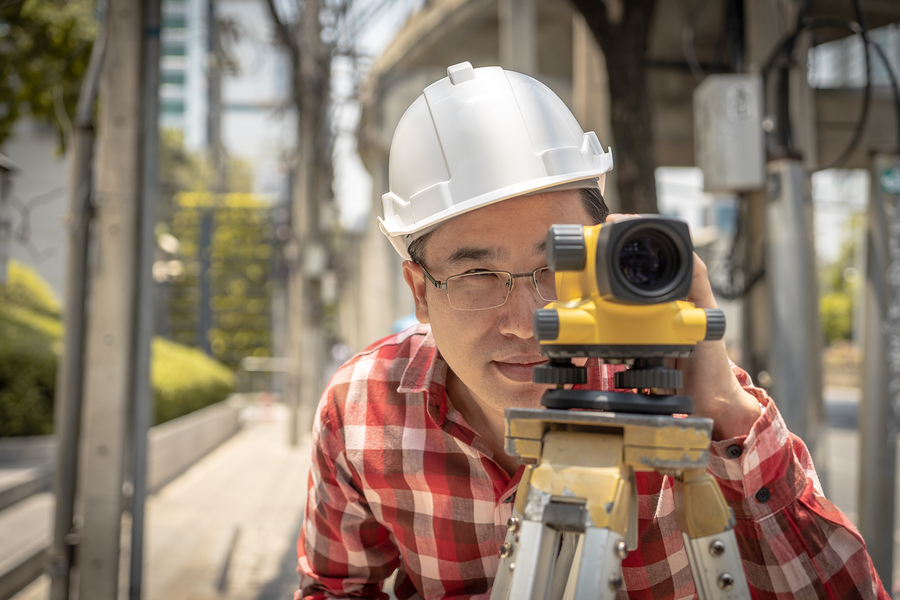
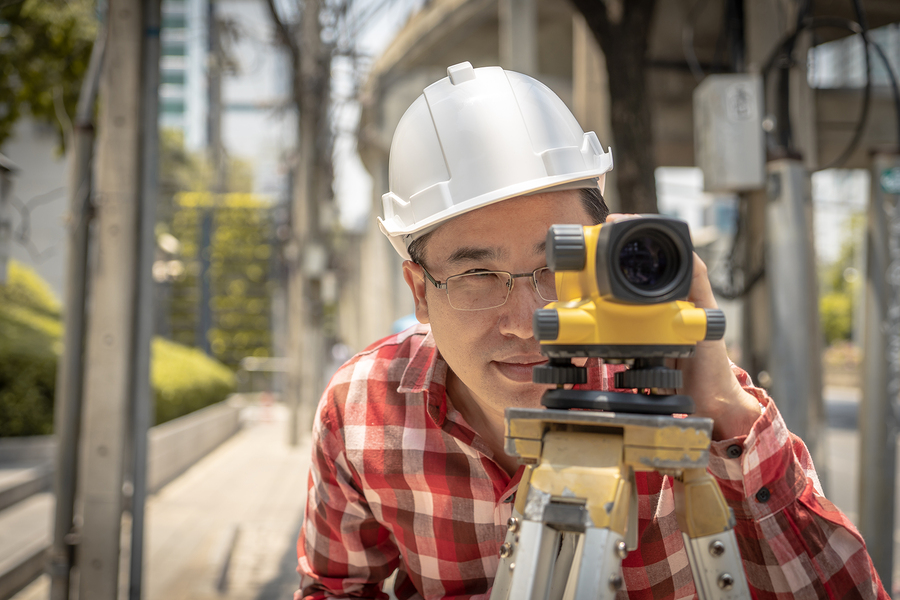
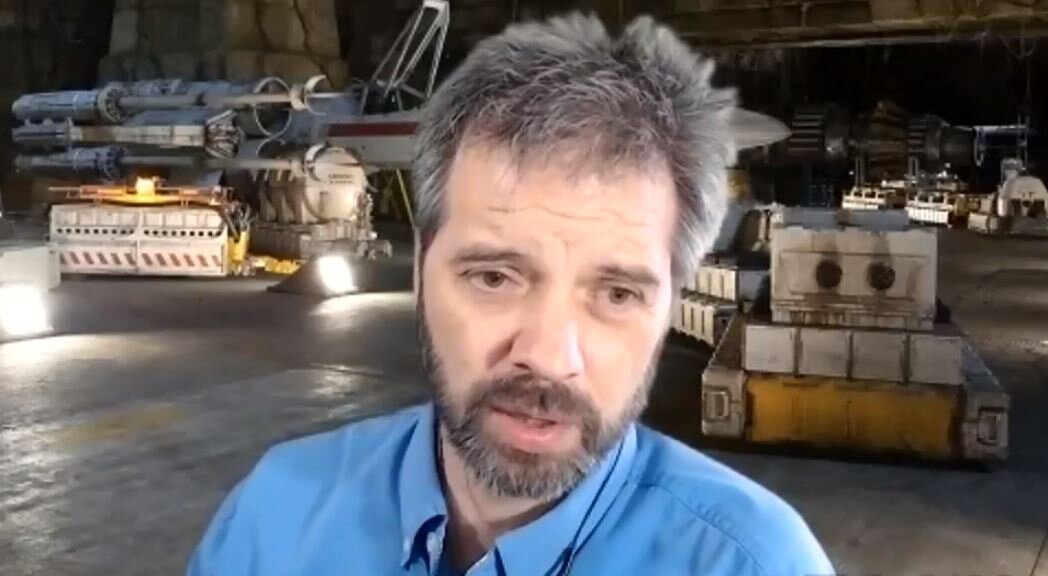
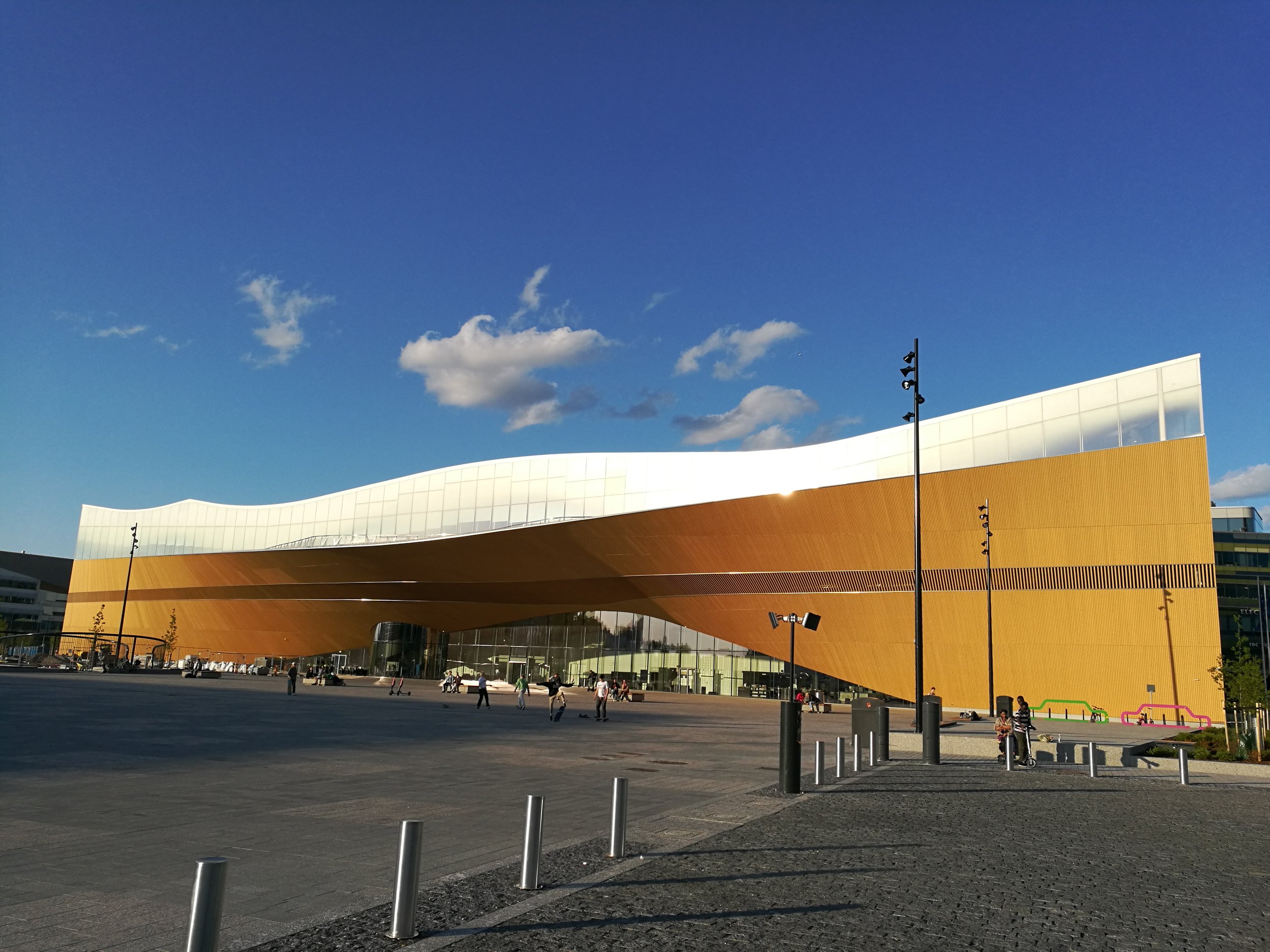




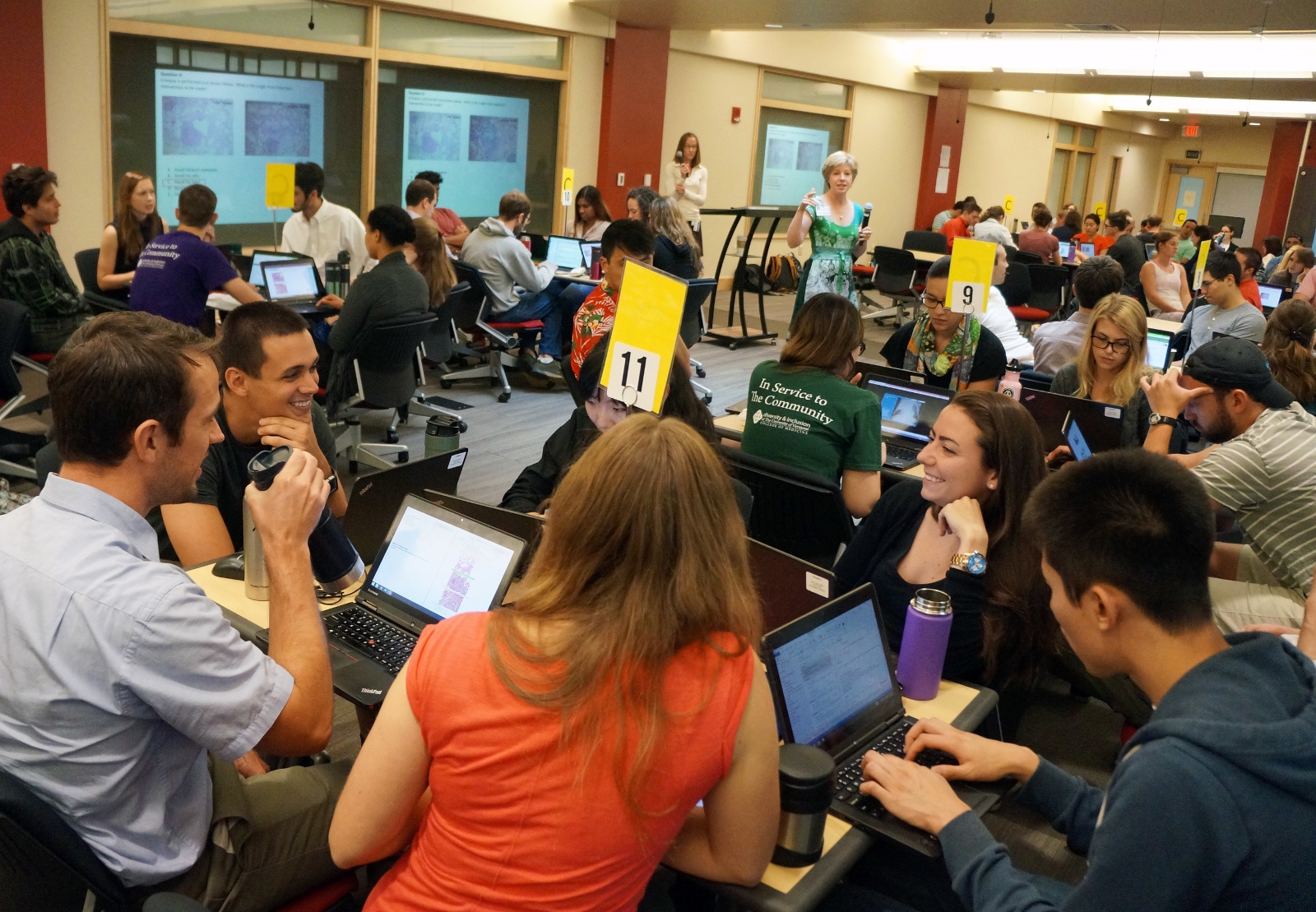
)
Rubí Román
Rubí Román
Rubí Román